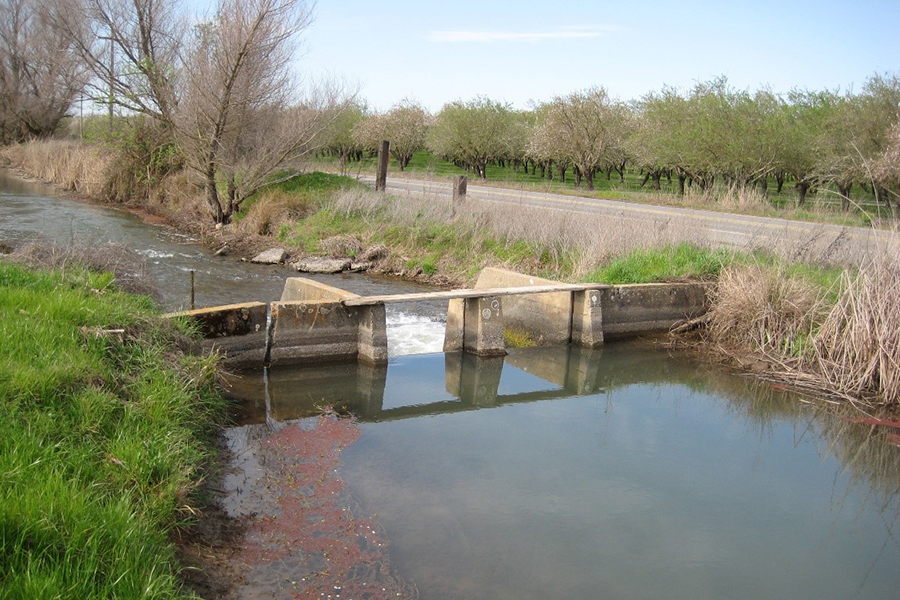

Irrigation canals are laid through an excavation, cut-and-fill, or on a hillside. The routes of irrigation canals should pass along the boundaries of farms, crop-rotation sites, fields so that not to split the respective irrigated area, while the main canal – by the highest points of the irrigated area. Here a branch means a largest canal outgoing from the main canal, according to the significance (in terms of discharge, serviced area, length) of which it might be considered as an extension of the main canal.Ĭanals-distributors represent smaller sections of the inter-farm and farm irrigation network. The inter-farm canal is a branch of the main canal and distributes the water delivered through it among certain farms or crop-rotation sites. Canal routes are designed along the boundaries of farms, crop-rotation lands, fields, and so on in order to keep the integrity of the irrigated area. Water is supplied through the main canal from an irrigation source to the inter-farm distributors that deliver water to certain land users or crop-rotation lands on-farm distributors deliver water to fields or irrigated sites. In the open irrigation network, the conducting network is composed of the main canal, inter-farm, farm, and on-farm distributors of different orders. Inter-farm canals are the canals that distribute the water delivered to the main canal to all farms within the system. Command of the main canal (excess of the water level in it above the water level in lower-order canals) over the respective irrigated area and higher-order canals over lower-order canals) is essential for the irrigation network operation ensuring gravity irrigation. Irrigation canals are arranged so that to provide the following at minimum construction and operation costs: water supply of required volume and in due time highest efficiency of the canals (ratio of the flow rate at the canal tail to that at the canal head) and irrigated area use ration effective operation of the canals and structures in those.
WATER CONVEYANCE FULL
In some cases, the conducting network has no full set of canal structures. to inter-farm distributors which, in turn, deliver water to individual farms or crop-rotation sites on-farm distributors deliver water to crop-rotation fields or irrigated sites. The main canal delivers water from a river, reservoir, well etc. Conducting network in open irrigation systems is composed of the main canal, inter-farm, farm, and on-farm distribution canals (distributors) of different orders.


 0 kommentar(er)
0 kommentar(er)
